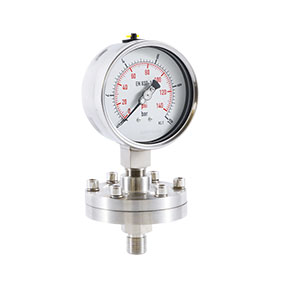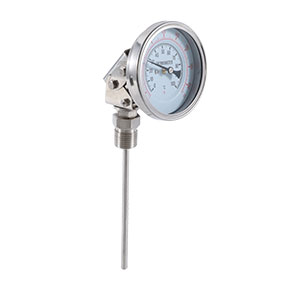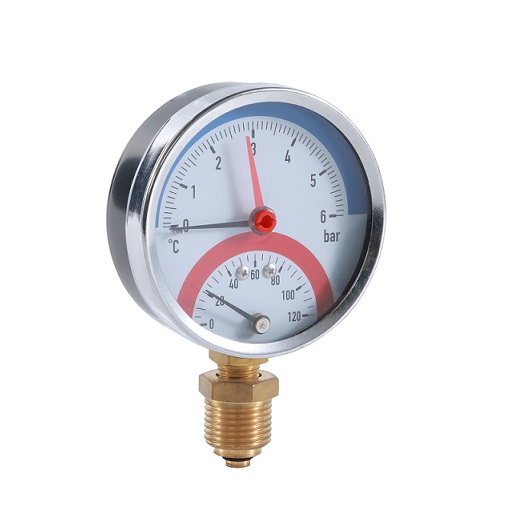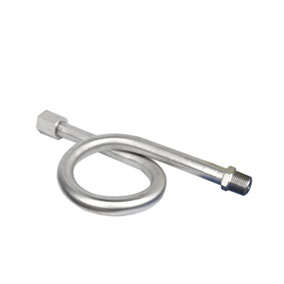Liquid-Filled Pressure Gauges vs. Dry Pressure Gauges: Understanding the Difference
Pressure gauges are essential tools used to measure and monitor fluid or gas pressure in various industries and applications. Two commonly used types of pressure gauges are liquid-filled pressure gauges and dry pressure gauges. While they serve the same purpose, it's important to understand the differences between them to choose the option that best suits your needs.
Liquid-filled pressure gauges are designed with a cavity filled with a viscous oil or glycerin. In contrast, dry pressure gauges do not contain any liquid. They rely on a direct connection between the measuring element and the process media.
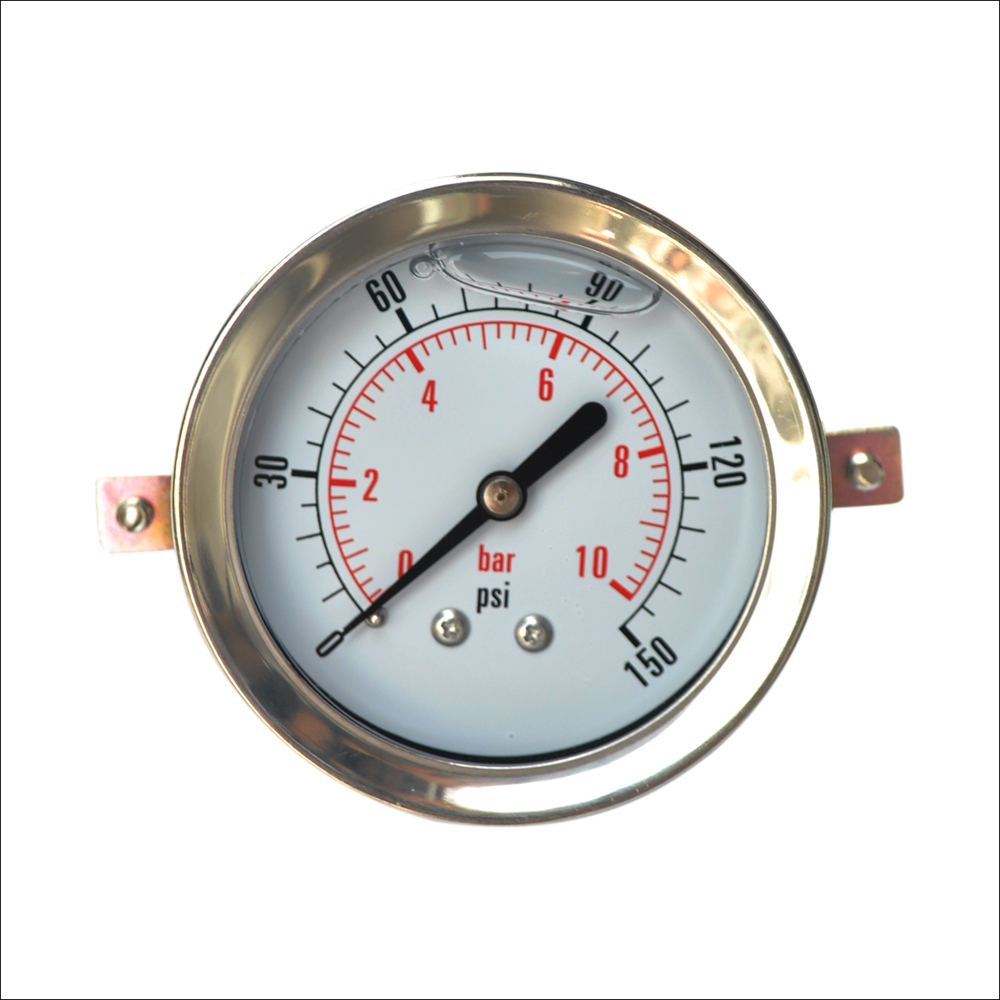
The Benefits of Liquid-filled Pressure Gauges:
This liquid surrounds the internal components of the gauge, providing several benefits.
1. Vibration and Pulsation Dampening: The liquid filling absorbs vibrations and pulsations, reducing wear and tear on the gauge's internal components. This makes liquid-filled pressure gauges ideal for applications with significant mechanical vibrations, such as pumps or compressors.
2. Accuracy and Longevity: The liquid-filled design enhances gauge accuracy by minimizing pointer fluctuations caused by mechanical vibrations. Additionally, the liquid lubricates and protects internal components, improving the gauge's durability and lifespan.
3. Temperature Compensation: The liquid in the gauge also provides some degree of temperature compensation, ensuring accurate pressure readings across a range of operating temperatures.
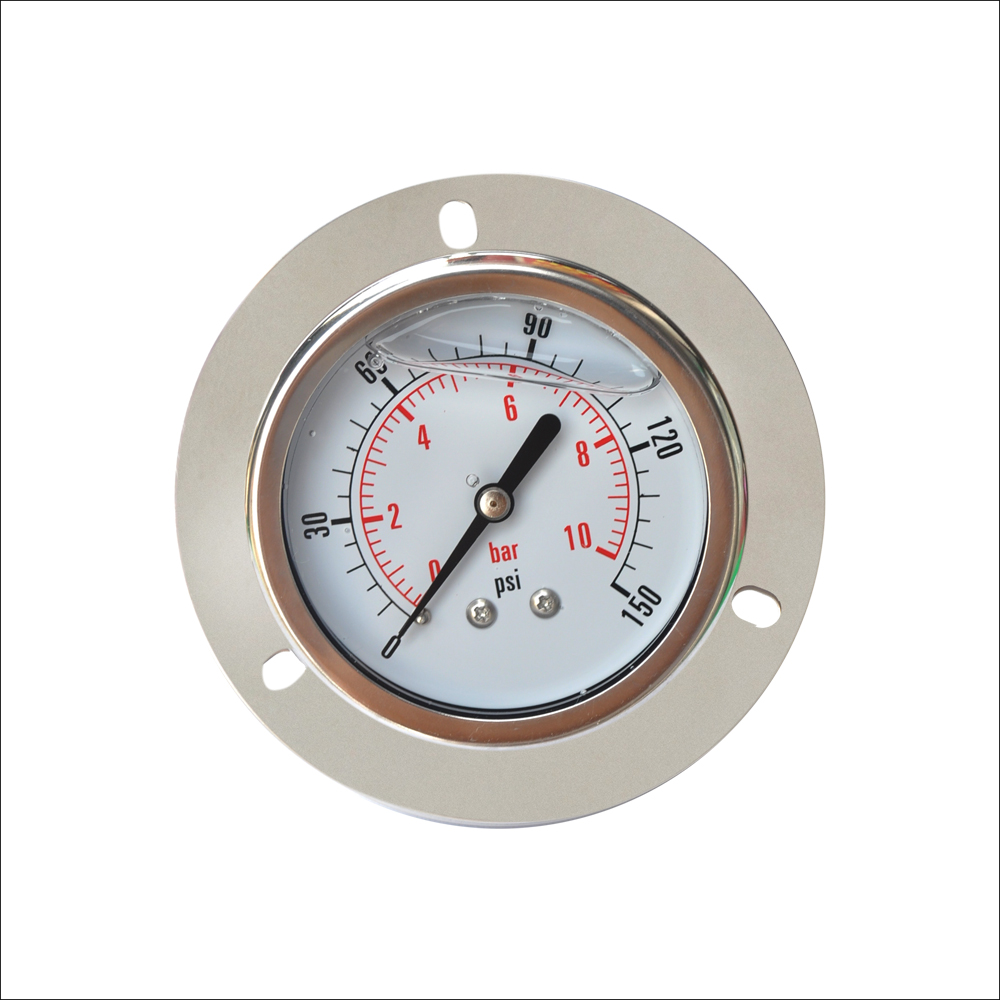
The Benefits of Dry Pressure Gauges:
1. Cost-Effective Solution: Dry pressure gauges are generally less expensive than liquid-filled pressure gauges, making them a budget-friendly option for applications where vibration dampening is not critical.
2. Compact and Lightweight: Without liquid filling, dry pressure gauges are more compact and lightweight compared to their liquid-filled counterparts. This makes them suitable for applications with limited space or portability requirements.
3. Wide Range of Applications: Dry pressure gauges are versatile and widely used in various industries, including HVAC systems, automotive applications, and general industrial processes. They can effectively measure pressure in situations where vibrations are minimal.
Liquid-filled gauges excel in environments with significant vibrations, providing accurate readings and prolonging the gauge's lifespan. On the other hand, dry pressure gauges are cost-effective, compact, and suitable for applications with minimal vibrations. Understanding the specific requirements of your application will help you make an informed choice between the two types. Regardless of your selection, both liquid-filled and dry pressure gauges serve as valuable tools in the measurement and monitoring of pressure.
If you're interested in exploring other types of industrial instruments, our website offers a wide range of options. In addition to liquid-filled pressure gauges, we provide capsule pressure gauges, gas pressure gauges, differential pressure gauges, and more. As a trusted manufacturer and exporter, we invite you to contact us to obtain our product catalog and discover the solutions that meet your specific requirements. Visit our website now to find the industrial instruments you need.

